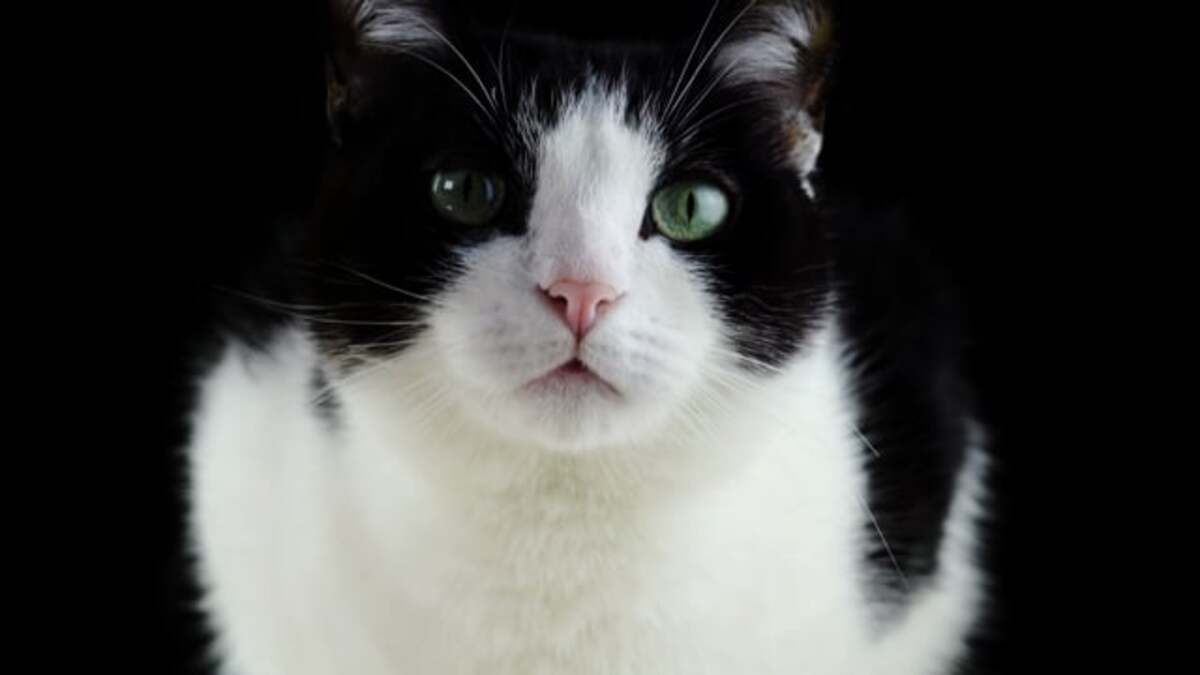Fixing, or ovariohysterectomy, is a typical surgery performed on female felines to forestall propagation. While the essential objective is to control the pet populace, many feline proprietors wonder about the expected changes in their catlike companions’ way of behaving and wellbeing after the system. In this article, we will investigate the impacts of fixing on female felines, tending to both social and actual changes.
Conduct Changes:
Diminished Animosity:
Fixing ordinarily prompts a decrease in forceful way of behaving. Female felines are known to be more regional and forceful, particularly during mating seasons. Neutering wipes out the hormonal changes related with the estrus cycle, bringing about a more settled and more neighborly disposition.
Diminished Meandering Propensities:
Unspayed female felines are inclined to meandering looking for mates. Neutering fundamentally lessens the inclination to meander, keeping felines nearer to home and decreasing the gamble of wounds, battles, and getting lost.
End of Intensity Cycles:
Female felines experience heat cycles, or estrus, during which they show particular ways of behaving like expanded vocalization, anxiety, and friendly way of behaving. Fixing wipes out these cycles, achieving a more predictable and mentally calm character.
Actual Changes:
Weight The board:
Neutered female felines might tend to effectively put on weight more. It is fundamental for proprietors to screen their felines’ eating routine and give ordinary activity to forestall weight related medical problems.
Avoidance of Conceptive Related Medical issues:
Neutering disposes of the gamble of regenerative related medical problems, like uterine contaminations and particular sorts of diseases. This adds to a general improvement in the feline’s drawn out wellbeing and prosperity.
Longer Life expectancy:
Neutered female felines by and large live longer than their unspayed partners. The disposal of conceptive organ-related illnesses and the counteraction of undesirable pregnancies add to a drawn out and better life.
Neutering female felines not just fills in as a powerful method for populace control yet additionally achieves positive changes in their way of behaving and wellbeing. From decreased hostility and wandering inclinations to the counteraction of regenerative related medical problems, fixing is a vital part of dependable feline proprietorship. Likewise with any operation, it is fundamental for feline proprietors to talk with their veterinarians to guarantee the best consideration and comprehension of their catlike mates’ necessities subsequent to neutering.

Do male cats change after spaying?
It appears there may be a little disarray in your inquiry. Neutering is a term utilized for the cleansing of female felines, including the expulsion of the ovaries and generally the uterus. For male felines, the same system is called fixing, where the balls are eliminated.
Assuming that you are getting some information about changes in male felines subsequent to fixing, the response is indeed, there can be observable conduct and actual changes:
Diminished Animosity:
Fixing will in general lessen forceful conduct in male felines. They are less inclined to take part in regional battles and are by and large more tame.
Diminished Meandering Propensities:
Fixed male felines are less disposed to meander looking for mates. This aides in forestalling wounds, battles, and getting lost.
Checking Decrease:
Fixing frequently lessens or wipes out pee stamping ways of behaving in male felines. Unneutered guys might check their domain by splashing solid smelling pee.
Medical advantages:
Fixing dispenses with the gamble of testicular malignant growth and decreases the possibilities of other conceptive related medical problems, adding to a general improvement in the feline’s wellbeing.
Counteraction of Undesirable Ways of behaving:
Fixing can assist with forestalling unfortunate ways of behaving related with mating impulses, for example, yowling and fretfulness.
It’s essential to take note of that the planning of the fixing methodology can impact the degree of these changes. For the most part, fixing is prescribed before sexual development to amplify its beneficial outcomes on conduct.
Likewise with any clinical choice for your pet, it’s fitting to talk with your veterinarian to decide the most proper timing and to examine a particular worries you might have in regards to your male feline.
Should owners worry about changes in neutered cats?
When to be concerned?
Sudden changes: Notice if the changes are abrupt or accompanied by other symptoms like lethargy, loss of appetite, or difficulty using the litter box.
Urinary issues: Monitor for signs of pain or straining while urinating, which could indicate urinary tract infections or other problems.
Unusual lumps or bumps: Be wary of any abnormal growths or changes in existing ones. Schedule a vet visit for proper evaluation.
Behavioral extremes: Excessive aggression, withdrawal, or destructive behavior might warrant consultation with a vet or animal behaviorist.
Remember:
Regular vet checkups are crucial for monitoring your cat’s health regardless of their neutering status.
If you’re concerned about any changes in your cat, err on the side of caution and seek professional advice.
Provide a loving and supportive environment for your feline friend, adapting to their changing needs with understanding.
By staying informed and attentive to your cat’s well-being, you can navigate any changes following neutering with ease. Don’t hesitate to reach out to your vet for personalized guidance and ensure your furry companion continues to enjoy a healthy and happy life.




